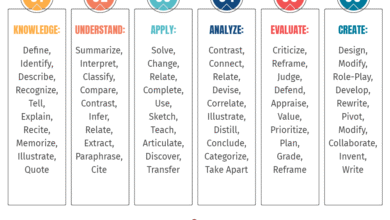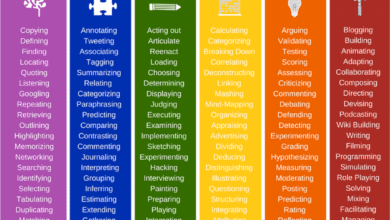Statistics Outgrowing Other STEM Fields 2010-2013

Title: Embracing Statistics: A Pillar of Modern STEM Education
In today’s rapidly evolving landscape of science, technology, engineering, and mathematics (STEM), statistics is emerging as a pivotal discipline, transcending its traditional role as a mere supporting tool. As we navigate the digital age, statistics has become a cornerstone in understanding and interpreting the vast data generated across various domains. This article explores the profound implications of statistics’ ascent, its interdisciplinary nature, and the imperative of promoting statistical literacy in society.
Gone are the days when statistics languished in the shadow of mathematics, confined to probability and distribution functions. Instead, statistics now stands tall as its own field, equipped with sophisticated methodologies and powerful tools for extracting insights from complex datasets. From social sciences to natural sciences, statistics permeates every facet of inquiry, offering invaluable contributions to fields as diverse as economics, public health, environmental science, and beyond.
At the heart of statistics’ resurgence lies the proliferation of data in the digital era. With the advent of big data and the Internet of Things (IoT), we find ourselves amidst an unprecedented deluge of information. This abundance presents opportunities and challenges, as we grapple with extracting meaningful signals from the noise. However, with statistics as our guiding light, we can confidently navigate this data landscape, discerning patterns, trends, and correlations that elude the untrained eye.
Moreover, technological advancements have democratized access to statistical analysis, empowering individuals from all walks of life to engage in data-driven inquiry. User-friendly software packages such as R, Python, and SPSS have made statistical analysis more accessible than ever, enabling researchers, policymakers, and practitioners to harness the power of data in their work.
Yet, perhaps the most remarkable aspect of statistics is its interdisciplinary nature. As a universal language, statistics bridges the gap between disparate fields of study, fostering collaboration and innovation. Whether economists analyze macroeconomic trends, epidemiologists track the spread of infectious diseases, or environmental scientists model climate change, statistics provides a common framework for inquiry, enabling researchers to pool their expertise and tackle complex problems together.
Furthermore, statistical literacy has never been more critical in an age rife with misinformation and fake news. Understanding basic statistical concepts empowers individuals to evaluate claims critically, interrogate data presented in the media, and make informed decisions in their personal and professional lives. By promoting statistical literacy through education and outreach initiatives, we can equip the next generation with the tools to navigate the data-rich world with confidence and discernment.
In conclusion, statistics is not merely a tool; it is a pillar of modern STEM education, empowering us to unlock the mysteries of the universe and address the grand challenges of our time. As we embrace statistics as a foundational discipline and promote interdisciplinary collaboration, we harness the power of data to drive innovation, inform policy, and shape a brighter future for all.
Source link



